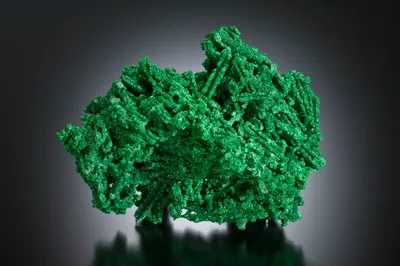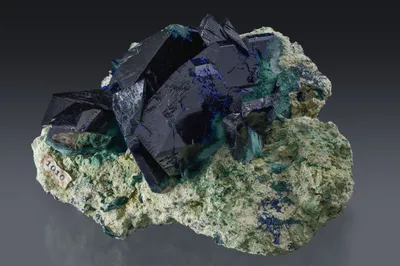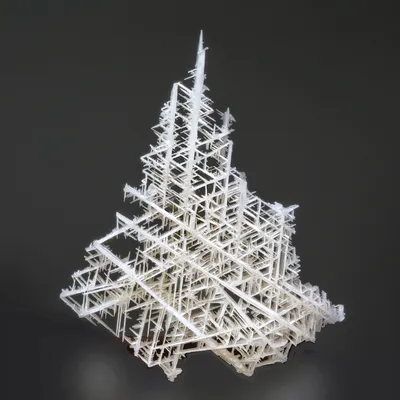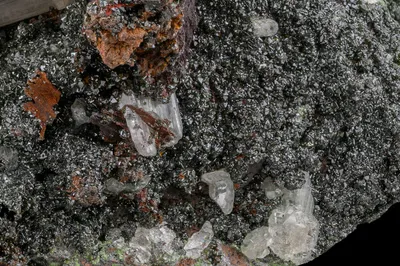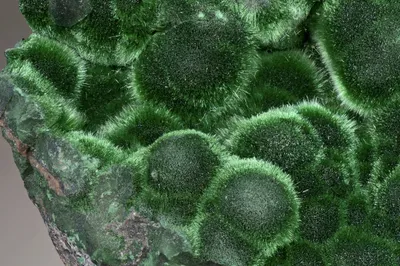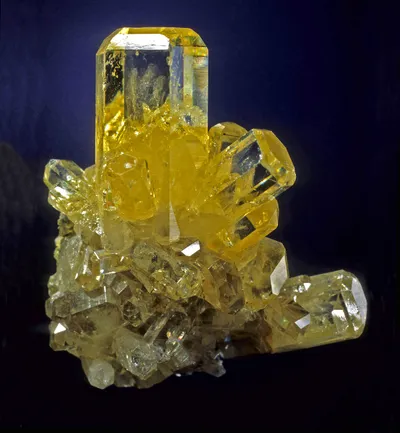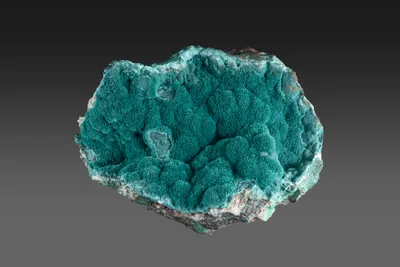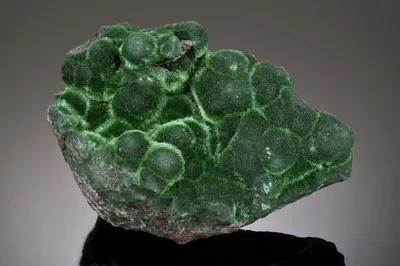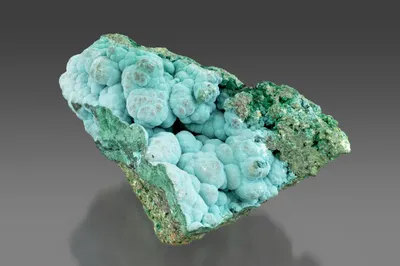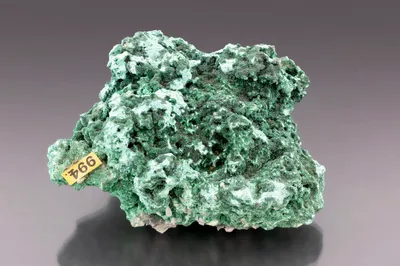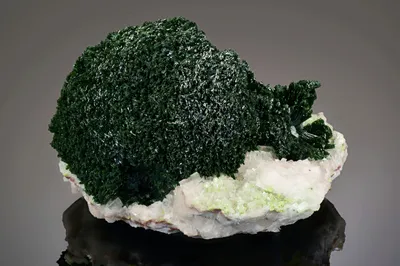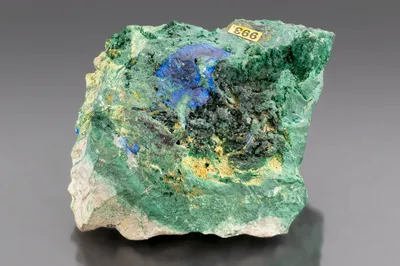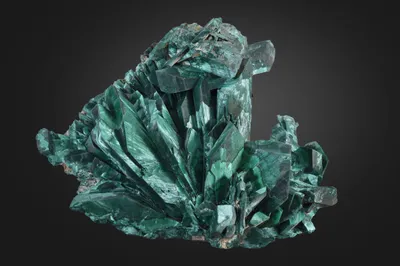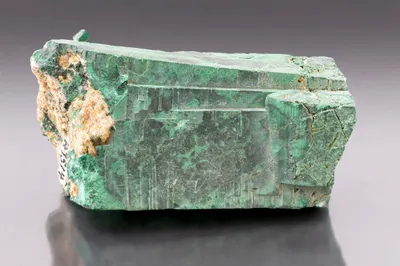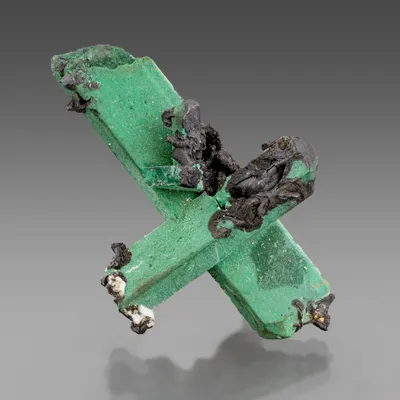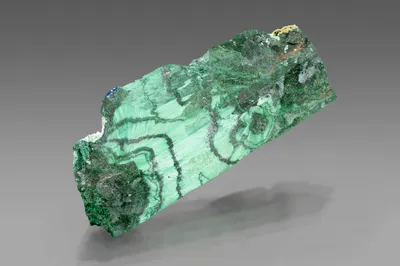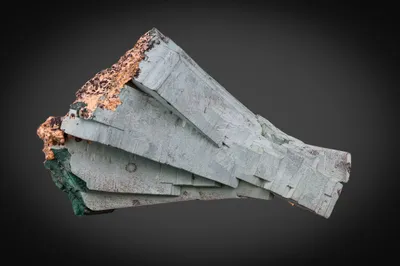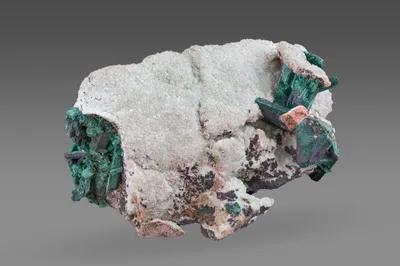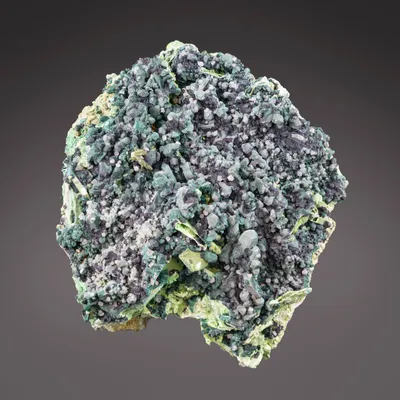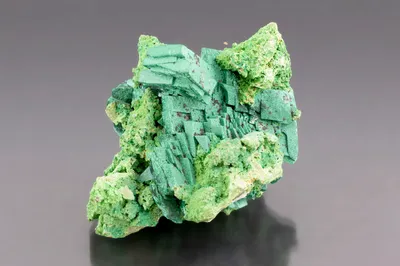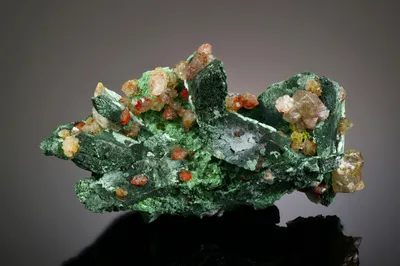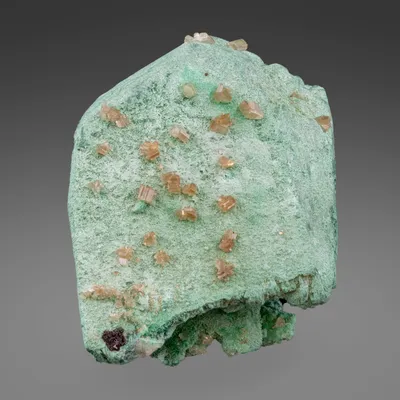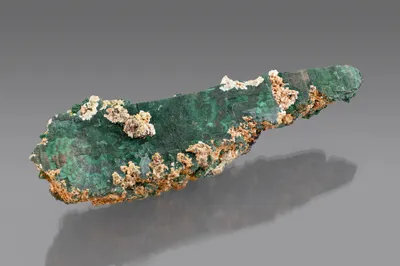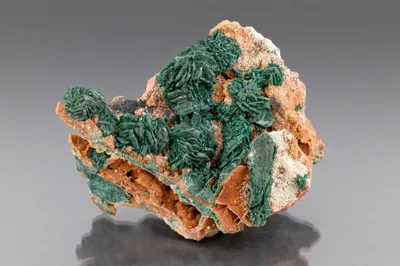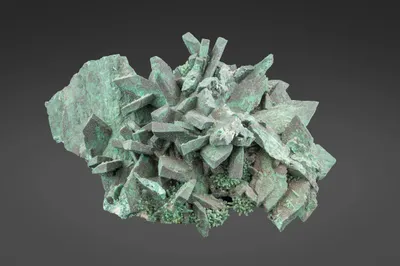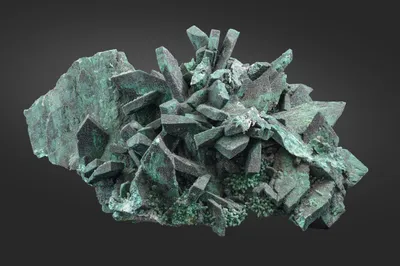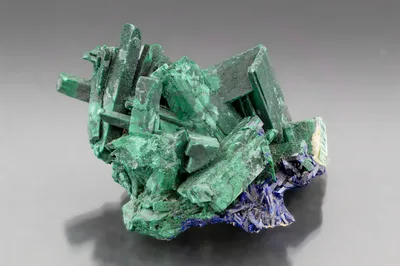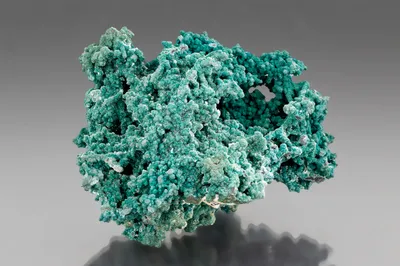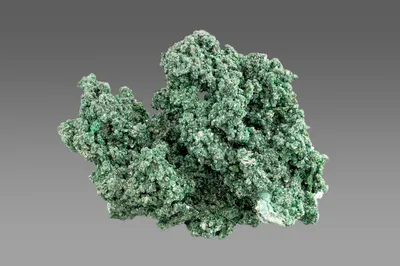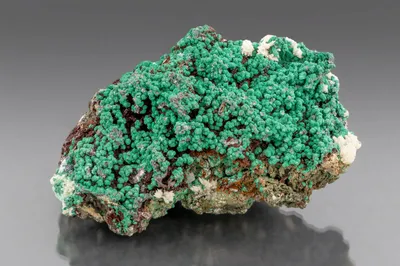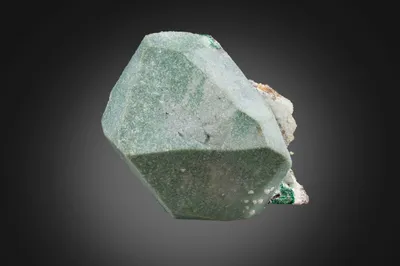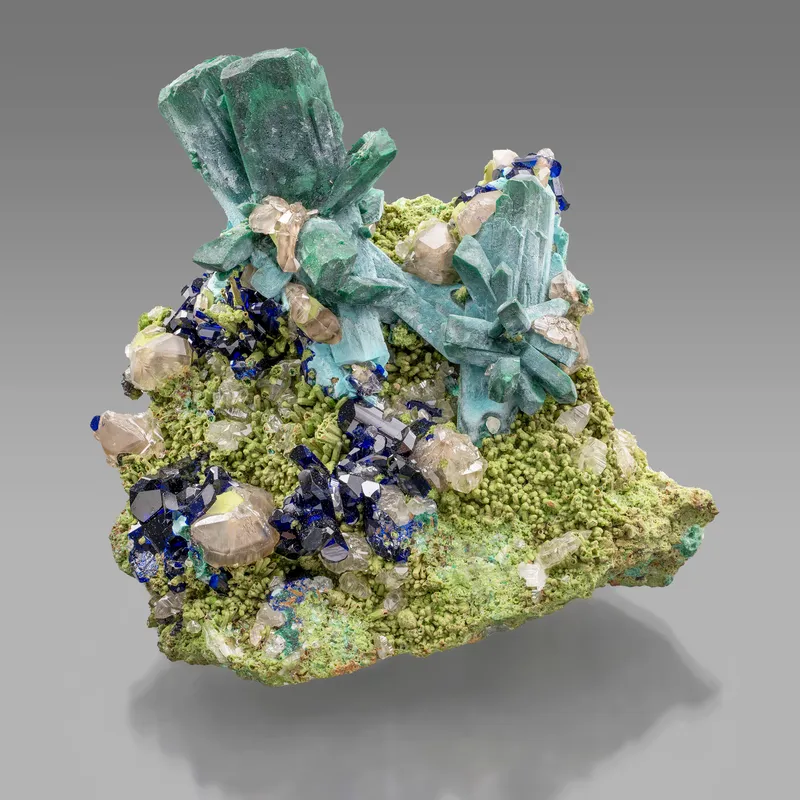
Image Credit: Malcolm Southwood

Image Credit: Malcolm Southwood
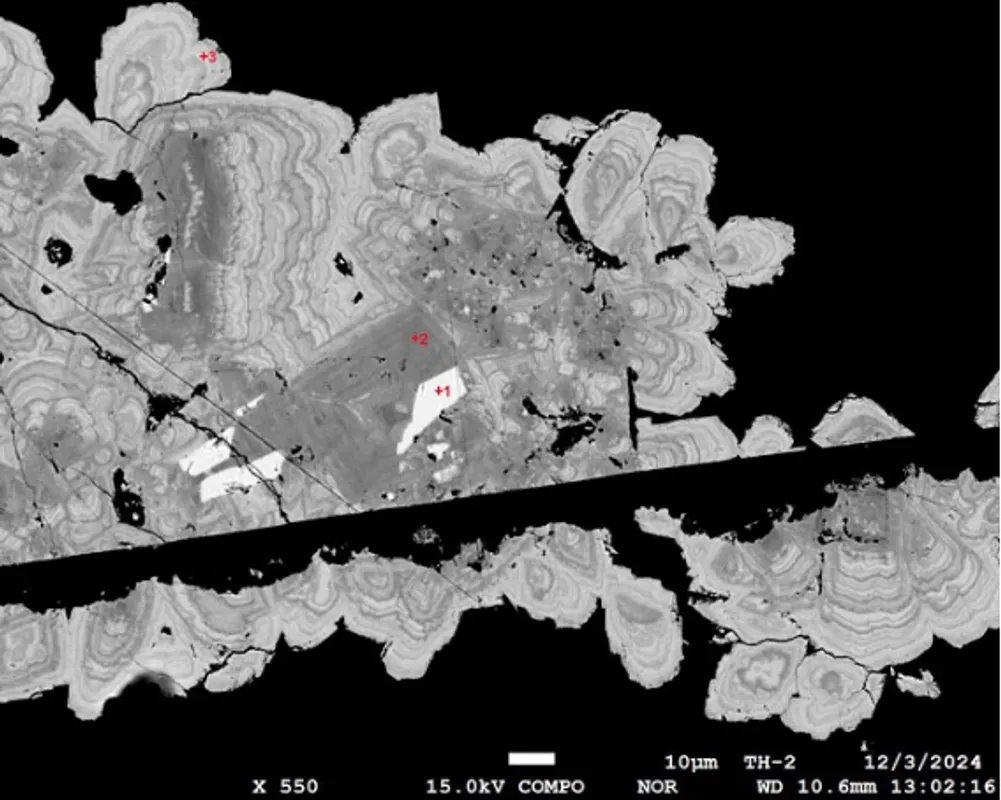
Image Credit: Martin Števko
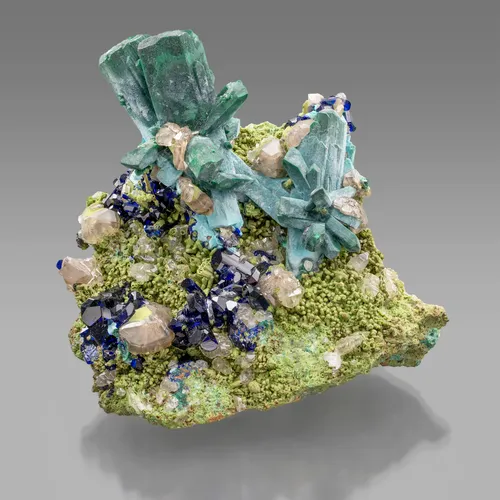

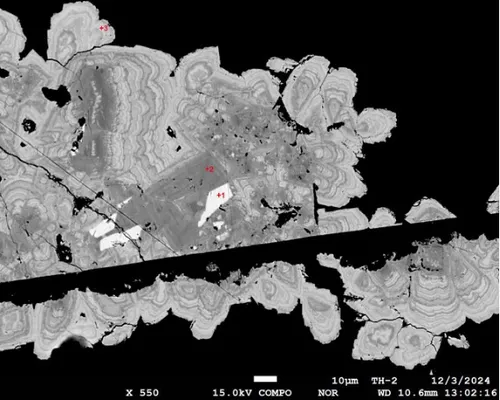
Specimen Title
Malachite after azurite (w. arsenate pseudomorphs after mimetite, cerussite and rosasite)
Associated Minerals
arsentsumebite; azurite; cerussite; duftite; malachite; mimetite; rosasite
Principal Mineral
Precursor Mineral
Size
Cabinet; 56mm
Location in the Mine
First oxidation zone
Provenance
Palache, C.
Collection
MGMH; 96988
Entry Number
Specimen; TSNB721
Description
A pistachio-green matrix of massive cryptocrystalline Cu/Pb arsenates supports a complex paragenesis of well-crystallised arsenate and carbonate minerals (Exhibit 1). Mimetite (prismatic to 4 mm) was the first species to crystallise, but has been replaced to varying degrees by a complex (zoned) mixture of arsentsumebite and duftite (both EDS confirmed). A first generation of azurite crystals (to 17 mm) came next in the sequence, but was subsequently altered to malachite which, in turn has been partly replaced by blue-green rosasite (Raman verified). A second generation of azurite, this time as smaller, slender prismatic crystals (to 6 mm) is essentially unaltered but is succeeded by colourless to slightly smoky cerussite crystals (to 5 mm).
The alteration of mimetite to arsentsumebite and duftite is particularly interesting. In most cases the mimetite is completely replaced or removed and many of the replacements are in fact hollow epimorphs (Exhibit 2). EDS analysis shows considerable variation in the composition of these two minerals and demonstrates complex compositional zoning (Exhibit 3).
EDS analyses were conducted by Martin Števko, Slovak Academy of Sciences, Bratislava, Slovakia).
The specimen is from the collection purchased by Charles Palache during his visit to Tsumeb in December 1922, which dates it to the upper part of the first oxidation zone (i.e. 8 Level or above).
